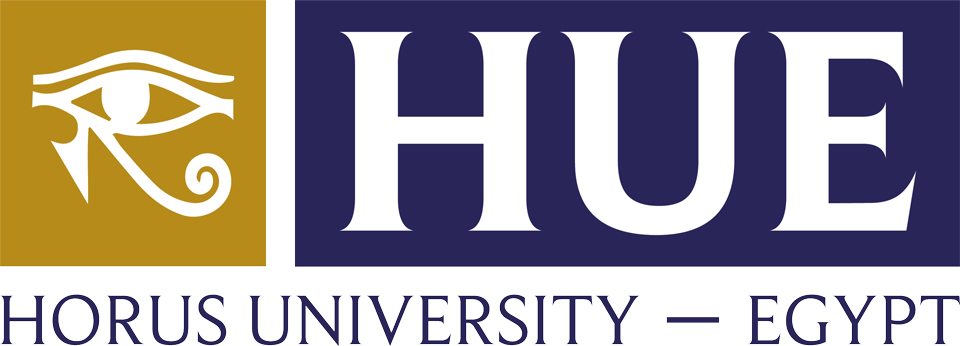Nonetheless, the credit side will remain the same in most share issues. Overall, common stock is a security that represents a company’s ownership. It also establishes the relationship between the company and its owners or shareholders. On top of that, the common stock also represents the overall finance received from shareholders in accounting.
Common Stock Accounting: Transactions and Journal Entries 2024
- The issuance of common stock represents a form of ownership in a company.
- This is often done by selling stocks or bonds, which represent an ownership stake in the company.
- It also debits (reduces) APIC for any amount paid above par and credits cash for the total amount spent on the buyback.
- In that situation, the Maine Company should recognize the land at its own fair value of $125,000 with an accompanying $5,000 increase in the capital in excess of par value account.
- Par value gives the accountant a constant amount at which to record capital stock issuances in the capital stock accounts.
- Investors simply purchase the stock from the issuer and gain ownership over the company’s share.
- If issued for an asset or service instead of cash, the recording is based on the fair value of the shares given up.
Accounting for equity issuance is a fundamental process that helps businesses raise capital by selling shares to investors. This method of financing is vital for businesses to fund expansion, pay off debt, or invest in new projects. In this journal entry, the credit of the common stock is the entire proceeds we receive from issuing of the common stock.
3.2 Market value guarantee of common stock
The accounting for the issuance of a common stock involves several steps. However, this value does not represent the finance that the company receives for underlying shares. Also, there is no additional paid-in capital as the company issues the stock at the par value.
Some companies also issue non-voting common stock, which does not entitle the holder to vote, but still may be beneficial in terms of profits if the company performs well. The number of shares outstanding always equal to or less than the number of shares issued. The share issued is equal to or less than the number of authorized shares. Stock split is the process of dividing the current share number into multiple new shares to boost the stock liquidity. The company simply increase the number of outstanding share by a specific time and keep the total dollar value of share the same. Price per share will decrease align with the number of share increases.
Investors simply purchase the stock from the issuer and gain ownership over the company’s share. Common Stock or Common Share is the company equity instrument that represents corporation ownership. The company listed on the stock exchange and sell the ownership to the investors to raise the startup burn rate calculator capital.
- This is due to a lack of interest from investors and there is only one investor is willing to pay $8 per share for 1,000 shares.
- They will be entitled to receive company assets in the event of liquidation after all creditors are settled.
- Common stock comes with several features, such as the right to receive dividends and vote in the company’s matters.
- This minimal figure is typically set during the incorporation process and plays a role in defining the legal capital that a corporation must maintain.
- The number of shares outstanding will double, but the total dollar amount of the shares remains the same.
- Overall, the journal entries for the issuance of common stock will be as follows.
Outstanding
These transactions directly affect the company’s balance sheet, stockholders’ equity, and financial reporting. Failing to record them correctly can lead to inaccurate financial statements and potential compliance issues. When a corporation issues common stock, the related journal entry credits cash, common stock and additional paid-in capital.
Issued Common Stock for Cash Journal Entry
We usually use the company stock market value to record the transaction. But if the stock market value is not available, we can use the asset’s fair value. If assets fair value also not available, management can determine the assets or service value. A company can buy back its own shares from shareholders, reducing the amount of outstanding stock on the open market. For example, if the par value was $1.00 per share and there were 100,000 shares outstanding, the total par value will be $0.50 per share after a 2-for-1 split. Outstanding shares are a key concept in understanding a company’s equity.
Retire of Treasury Stock
Accountants generally record the transaction at the fair value of (1) the property or services received or (2) the stock issued, whichever is more clearly evident. As mentioned, the share capital account will only include the par value of the shares. The excess amount of $50,000 ($150,000 – $100,000) ended up on the share premium account.
The difference between issuance price and par value is recorded as Additional Paid-In Capital. Overall, the journal entries for the issuance of common stock will be as follows. APIC serves as a financial buffer, providing companies with a reserve that can be leveraged for future growth initiatives or to weather financial downturns.
Companies retire stock to boost earnings per share (EPS), optimize capital structure, or prevent dilution. Reissuing treasury stock means selling the repurchased shares back into the a detailed breakdown of nonprofit accounting basics market. Companies may do this to raise capital, fulfill employee stock compensation plans, or adjust ownership structure. Additionally, common stockholders have voting rights and may be granted the right to elect the board of directors. This provides an element of control, allowing them to influence business decisions and corporate policies. Depending on the type of common stock, shareholders may also have the right to vote on major decisions and policies of the company.
How companies acquire treasury stock
The journal entry will increase cash by $ 100,000 as the investors invest in the company. It also increases the common stock by $ 1,000 which is the total par value of all issuance stock. Most of the company will raise stock for the cash which is easy to manage, invest and use in the operation.
The transaction will increase the cash balance base on the sale proceed. At the same time, it will increase the equity components which include common shares and additional paid-in capital. The common stock also comes with the right to receive a part of the underlying company’s assets if it liquidates.
Common stock is credited on a journal entry to increase the company’s Equity, providing more funds for operations. A stock split will not change the general ledger account balances, so the dollar amounts reported in the stockholders’ equity section of the balance sheet will not change. A stock split will not change the general ledger account balances and therefore will not change the dollar amounts reported in the stockholders’ equity section of the balance sheet. Accurate accounting for equity issuance is crucial for several reasons, including financial transparency, regulatory compliance, and internal decision-making. To keep track of each investor’s ownership interest, corporations use a unit of measurement referred to as a share (or share of stock). The number of shares that an investor owns is printed on the investor’s stock certificate or digital record.
Some companies may also have other options when raising finance from this source. Usually, this free donation invoice template involves preferred stock, which differs from common stock. To determine the number of issued shares, you can divide the balance in the par value account by the par value per share.

